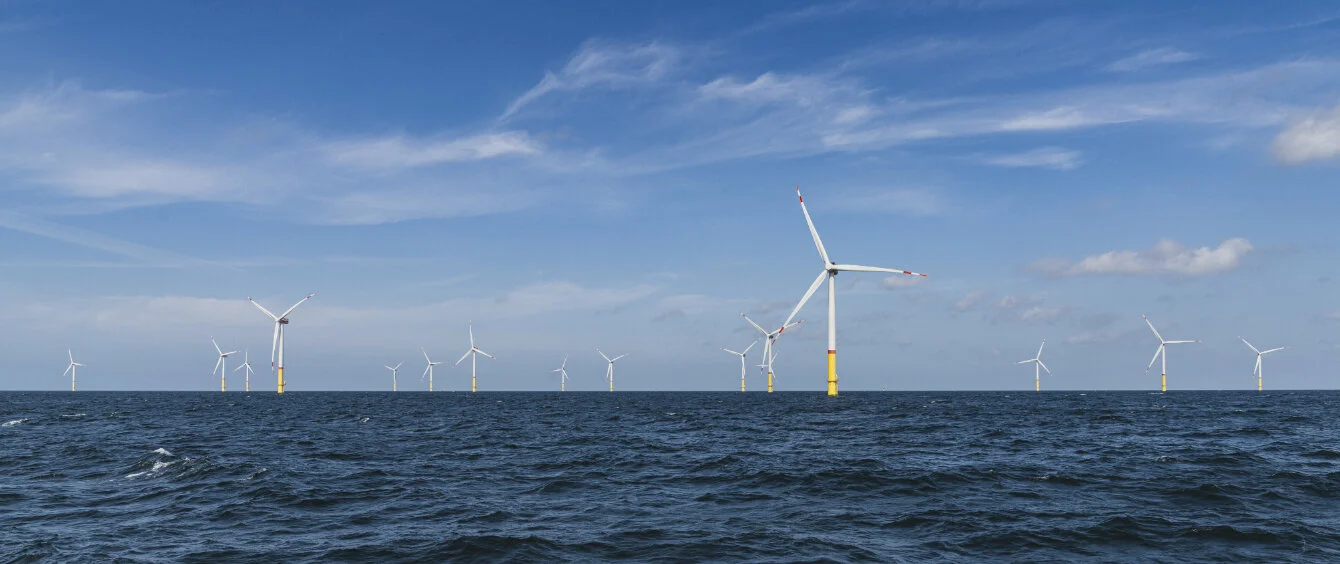In 2019, some 759 million people still lacked access to electricity. Universal electricity access has long been a goal of the UN, but the climate emergency has created new challenges. Electricity needs not just to be accessible, but sustainable.
More than three quarters of the world’s countries have coastlines, making offshore wind one of the most widely-distributed energy sources globally. Many land-locked nations also have large inland bodies of water which could support offshore wind. Yet, to date, only a relatively small number of countries have started to deploy this clean and increasingly affordable renewable energy technology.
Now, a new UN Global Compact, led by the Global Wind Energy Council (GWEC) and the International Renewable Energy Agency (IRENA), aims to make offshore wind accessible to all by supporting and developing the technical and regulatory capabilities needed to jumpstart offshore wind development in new markets.
Critical for net zero
In scenarios consistent with reaching net zero greenhouse gas emissions by 2050, offshore wind plays a huge role. Annual capacity additions need to rise to 80 GW a year by 2030, compared with just 6.1 GW installed in 2020, according to the International Energy Agency’s net zero pathway. However, getting an offshore wind sector up and running is not simple, and many governments lack the relevant technical and regulatory experience.
Global Compact
The Compact is designed to address this and realise Sustainable Development Goal 7 (SGD7), one of 17 sustainable goals adopted by the UN General Assembly in 2015. SGD7 aims to “ensure access to affordable, reliable, sustainable and modern energy for all”.
GWEC and IRENA will work, first, to raise the ambition of governments. The two organisations want commitments to 380 GW of offshore wind by 2030 and a whopping 2,000 GW by 2050. This may sound high, but these are the installation levels consistent with achieving net zero carbon.
Second, they will work together to facilitate the development of new offshore wind sectors with countries lacking the requisite experience. They will encourage stakeholder engagement, support capacity building and provide technical assistance.
According to Ben Backwell, GWEC’s chief executive officer: “The rapid acceleration of offshore wind development in every region of the world is vital if we are to meet our collective objectives, and the message from IRENA and GWEC is clear: World Leaders, the industry is here to help you make it happen.”
Photo credit: © Energy Infrastructure Partners
